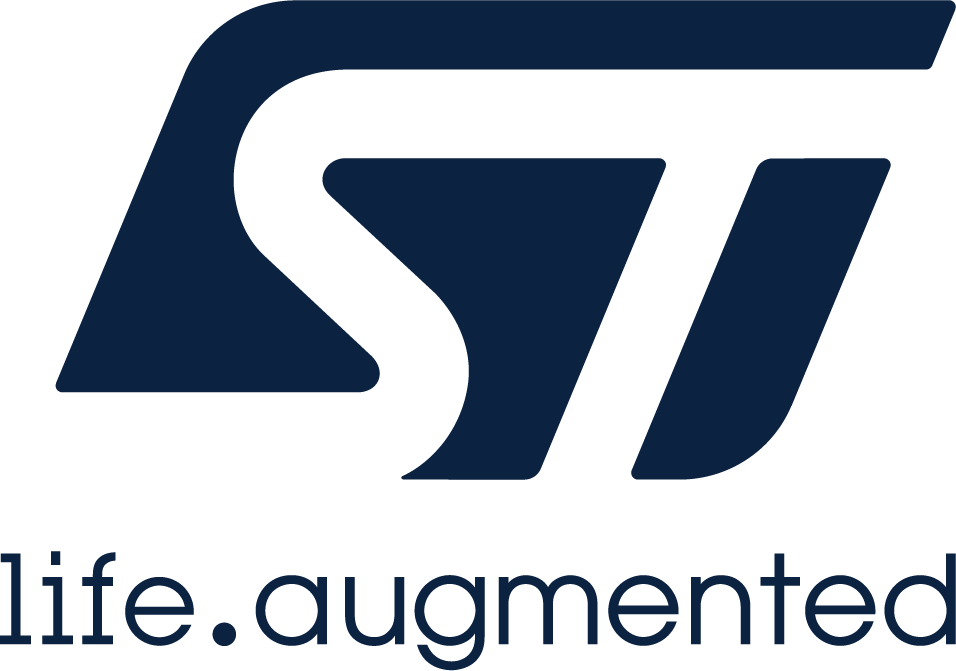
STMicroelectronics
STMicroelectronics is a leading global semiconductor company that designs and manufactures a broad range of innovative products for various industries. With a focus on delivering high-performance solutions, STMicroelectronics offers a comprehensive portfolio of microcontrollers, sensors, power management solutions, and analog and digital ICs. These products enable efficient and reliable operation in applications such as automotive, industrial automation, IoT, and consumer electronics. STMicroelectronics is committed to sustainability and social responsibility, investing in environmentally friendly manufacturing processes and promoting ethical practices throughout its supply chain. The company's products are designed to meet the highest industry standards, ensuring superior quality and reliability. STMicroelectronics is also dedicated to innovation, investing heavily in research and development to deliver cutting-edge technologies that address the evolving needs of customers. With a global presence and a team of experienced professionals, STMicroelectronics remains a trusted leader in the semiconductor industry, enabling smarter and more sustainable solutions for a better world.
V/F and F/V Converters
Results:
Results remaining:0
Applied Filters:
STMicroelectronics
No data |
About V/F and F/V Converters
V/F and F/V Converters are semiconductor devices designed for power management and voltage/frequency (V/F) or frequency/voltage (F/V) conversion applications.
V/F converters, also known as voltage-to-frequency converters, are ICs that convert an input voltage signal into a corresponding frequency output. This conversion is typically linear, where a change in input voltage results in a proportional change in the output frequency. V/F converters find applications in various fields such as automotive sensing, battery monitoring, analog-to-digital conversion, and signal isolation. They provide a convenient way to represent and process analog voltage signals in digital or frequency domain systems.
The integration of power management functionalities with V/F and F/V conversion capabilities into a single chip offers several advantages. It allows for compact and efficient solutions for managing power distribution, voltage-to-frequency conversion, and frequency-to-voltage conversion in electronic devices. This integration enhances energy efficiency, reliability, and extends the lifespan of the components. These ICs play a crucial role in various electronic systems, including automotive electronics, battery-powered devices, data acquisition systems, and communication protocols.
Automotive sensing is one of the key applications of voltage-to-frequency conversion ICs. These ICs can be used in vehicle speed sensors, throttle position sensors, and other sensor applications to convert analog input voltages into frequency signals that can be easily processed by digital control systems. They provide accurate and reliable measurements for various automotive functions.
Battery monitoring is another important area where voltage-to-frequency conversion ICs are utilized. They can monitor the voltage levels of batteries and convert them into frequency signals, enabling efficient monitoring of battery charge/discharge cycles and determining the state of charge. This information is valuable for battery management systems, portable devices, and power management applications.
Analog-to-digital conversion is yet another application of voltage-to-frequency conversion ICs. By converting analog signals into frequency signals, these ICs simplify the process of digitizing analog data. They can be used as part of data acquisition systems, sensor interfaces, and communication protocols where analog signals need to be converted into digital form for further processing.
Signal isolation is an essential aspect in many electronic systems to ensure safety and prevent interference. Voltage-to-frequency conversion ICs can be employed to achieve signal isolation by converting analog voltage signals into frequency signals that can be easily transmitted across isolation barriers without loss of accuracy.
F/V converters, on the other hand, perform the opposite function. They convert an input frequency signal into a corresponding analog voltage output. This conversion allows for accurate measurement and control of frequency signals in instrumentation and metering systems. F/V converters are commonly used in applications such as speed sensing, tachometers, cruise control systems, and touch switches.
In summary, Integrated Circuits (ICs) - Power Management (PMIC) - V/F and F/V Converters encompass semiconductor devices specifically designed for power management, voltage-to-frequency conversion, and frequency-to-voltage conversion applications. PMICs regulate and distribute power within electronic systems, while V/F converters convert input voltage signals into frequency outputs, and F/V converters convert frequency signals into analog voltage outputs. These ICs provide efficient solutions for managing power and enable the conversion of analog signals for measurement, control, and communication purposes in diverse electronic systems.
